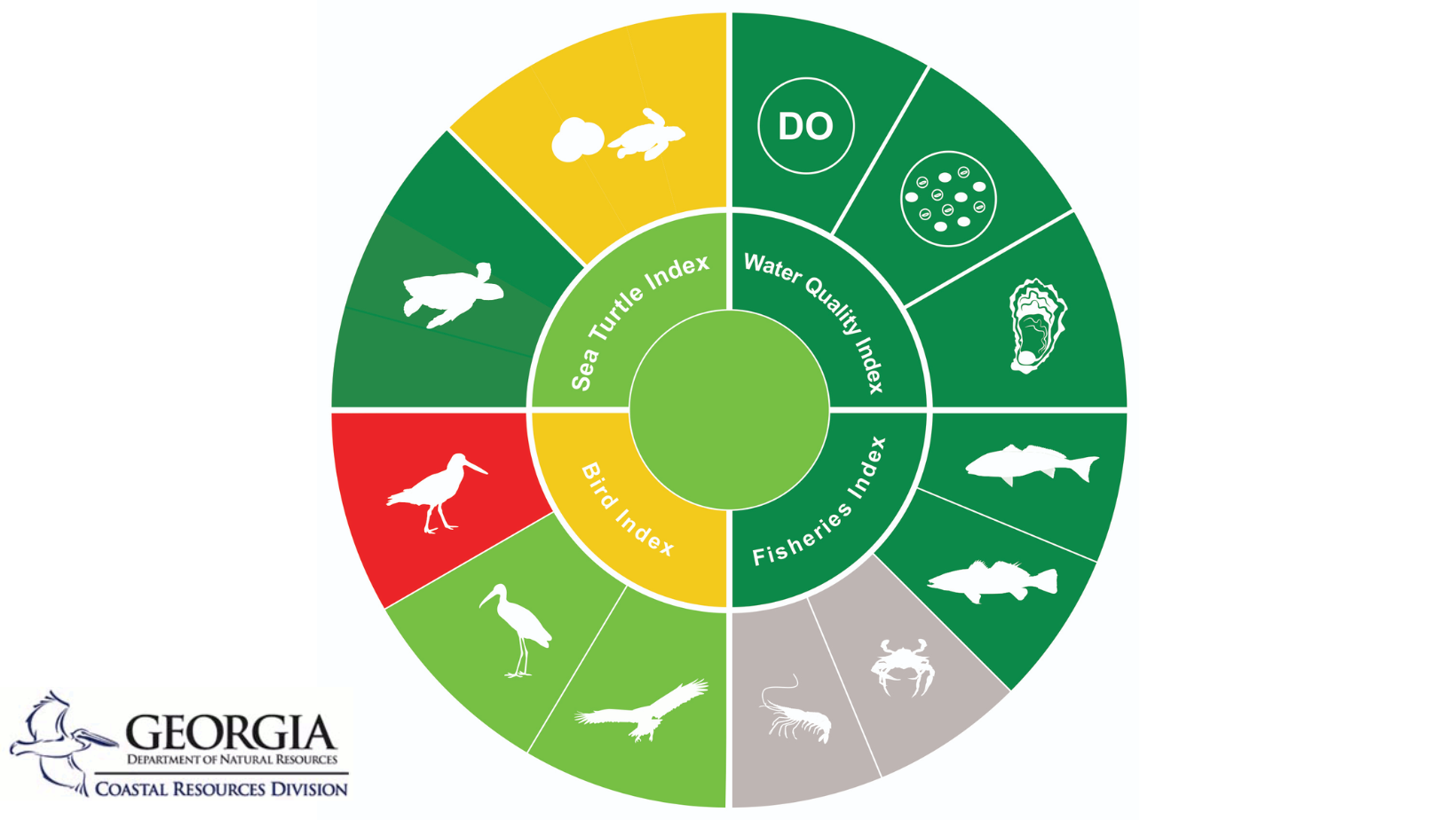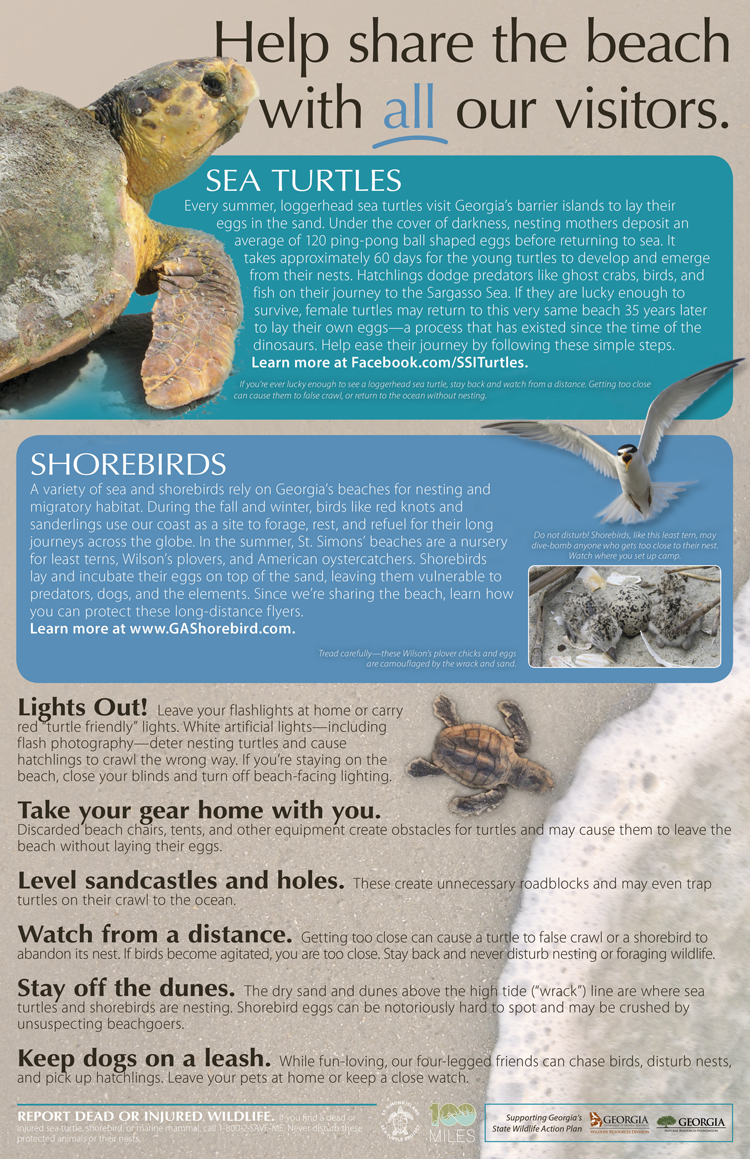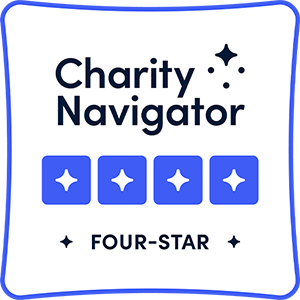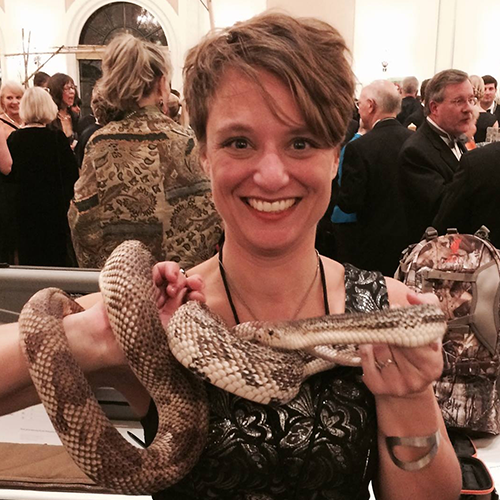Georgia’s 100-mile coast is home to some of the most diverse and species-rich ecosystems on the planet.
Our extensive dune systems, maritime forests, major riverine systems, and other coastal habitats support 71 high priority animal species and 91 high priority plant species. From the critically endangered North Atlantic right whales that migrate to Georgia’s offshore calving grounds each December, to the nesting loggerhead sea turtles that visit our barrier islands to lay their eggs every summer, our coast’s iconic wildlife engage and inspire a new generation of coastal stewards.
Georgia Dept. of Natural Resources’ Coastal Resources Division recently released their 10th annual ecosystem report card. Though the report shows moderate improvement in conditions of species such as (nesting) sea turtles and red drum, low scores indicate serious “room for improvement in avian conservation efforts.”
We celebrate ongoing efforts by providing opportunities for YOU to take action.
We encourage everyone—residents and friends of the Georgia coast—to take action in support of our protected species. Here’s a little more about the work we’re doing to protect Georgia’s coastal wildlife:
- We’ve expanded our educational programming to help residents and visitors understand the simple steps they can take to protect wildlife like sea turtles, shorebirds, and right whales. We’re partnering with hotels, condos, and business leaders to provide turtle-friendly red flashlights to beachgoers and to implement procedures that reduce harmful light pollution across our coast. We also continuously advocate for updates to antiquated lighting ordinances in our coastal county zoning.
- OHM is a proud member of the Georgia Sea Turtle Cooperative, Georgia Shorebird Alliance, and Horseshoe Crab Recovery Coalition. Our staff serves as the project leader for the SSI Sea Turtle Project and manage daily nest protection and monitoring efforts from May-October.
Learn More about Our Work with Georgia’s Wildlife
and discover ways you can take action on behalf of our furry, finned, feathered, and flippered neighbors.
Sea Turtles
Learn more about protecting sea turtle habitat, including OHM’s continued fight against year-round dredging.

Right Whales
Always the #RightWhaleToSave, learn more about NARWs and take action to protect them before it’s too late.

Shorebirds
From the endangered red knots to the classic oyster catcher, our shorebirds deserve safe nesting and clean coasts.

Horseshoe Crabs
Horseshoe crabs are a vital, underrated keystone coastal species deserving of our protection.

Redfish
Learn more about the work of the Georgia Saltwater Anglers Association to protect our redfish and access to sustainable fishing.
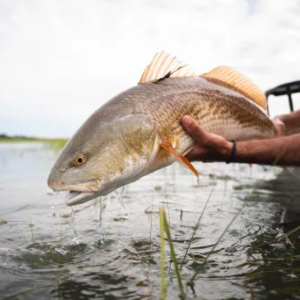
“Georgia’s treasured sea turtles, shorebirds, and right whales have been here longer than any of us. It’s time for us to uphold our end of the bargain and protect them for generations to come.”
Please contact Catherine for more information about how you can help to protect Georgia’s wildlife.

